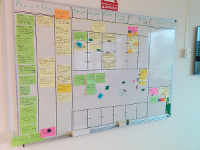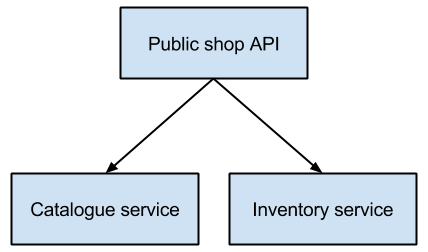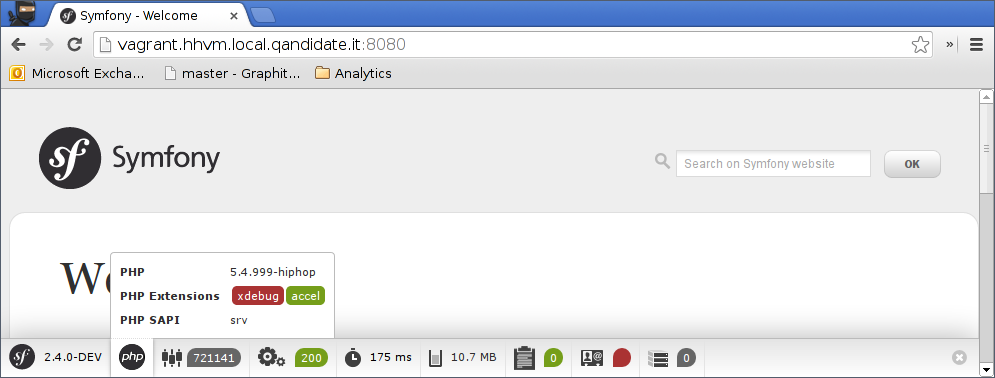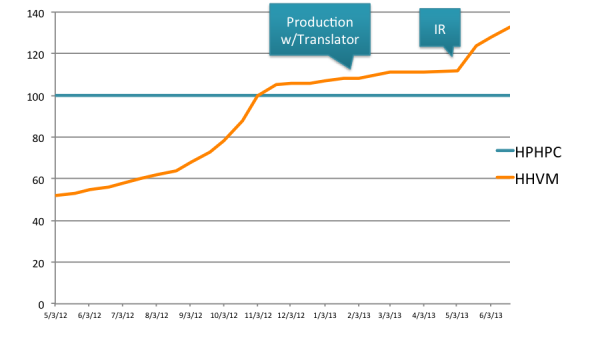Asynchronous Event Processing with Broadway using RabbitMQ
Broadway allows the processing of events by passing them to an event bus. You can have a Projector subscribe to this event bus in order to update your read models, or you can have a Processor subscribe to the event bus in order to for example send an email. In Broadway this all happens synchronously: dispatching of the command, persisting the new events and processing the events (the projectors and processors) all happen on a single request, on a single thread. In this blog post we will explain to you how you can improve your user experience by running the processors asynchronously using RabbitMQ (or any other message queue).









